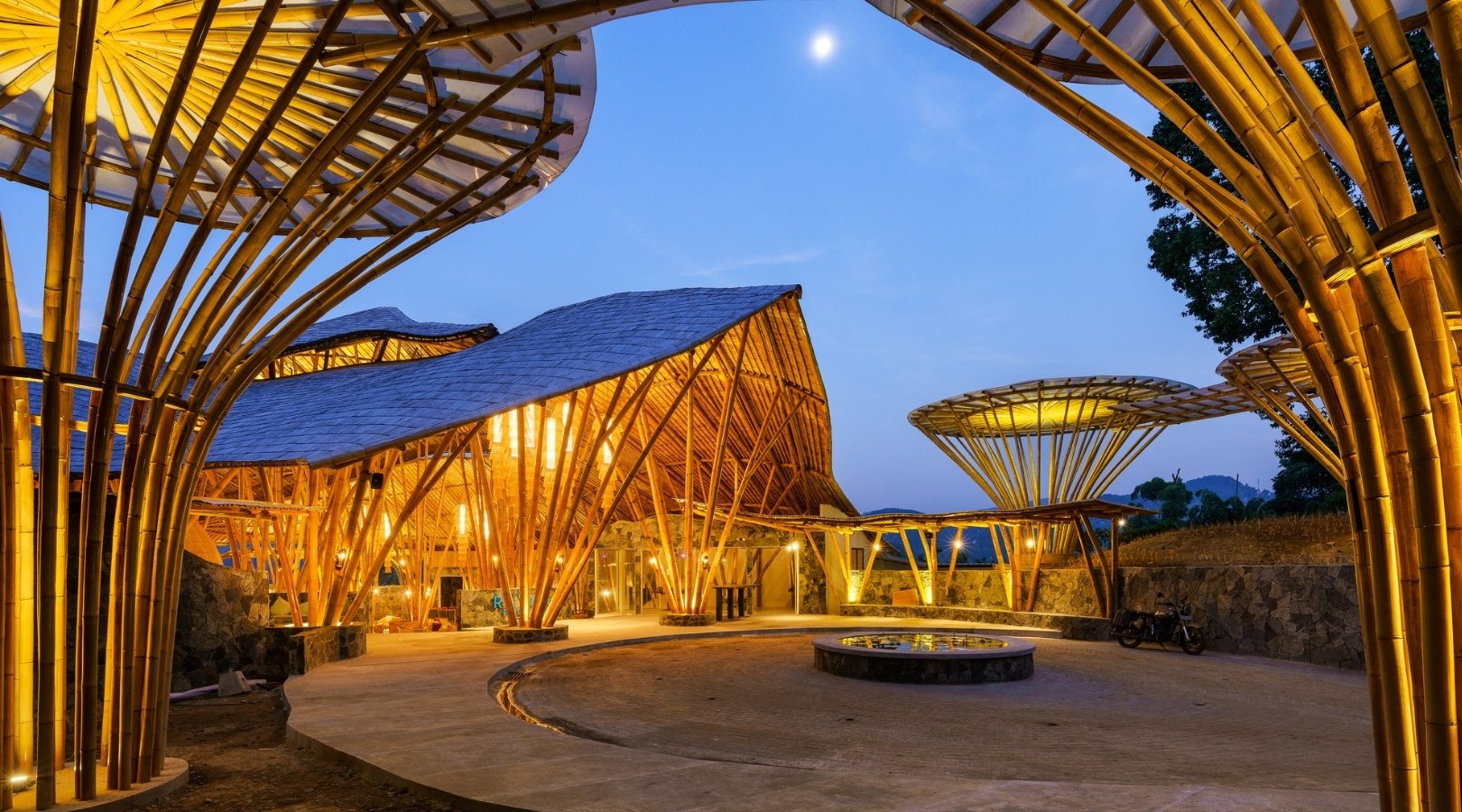
Ravana Pool Club: A Bamboo Beach Club with A Mountain View
Bamboo used to be considered as “poor man’s timber.” This humble material, however, has gone a long way. It has gained popularity among high-end establishments, from residentials to hotels and offices. Bamboos have several environmental, economic, and social benefits. They also offer high durability due to their water-resistance quality.
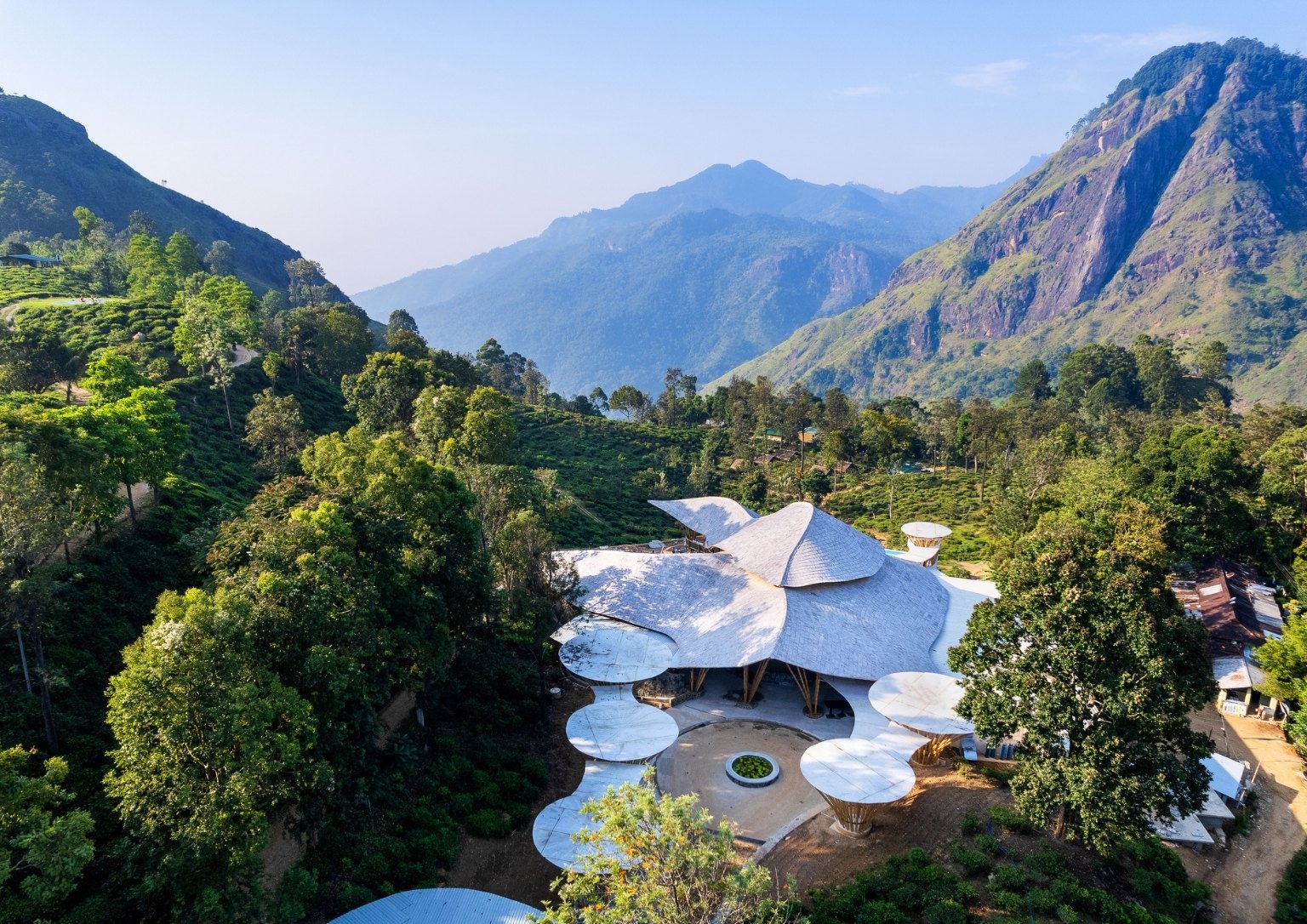

Using bamboo is not new for Penjor Bali Mandiri (PBM). The firm has done several bamboo beach clubs in Bali and other places. In its recent project in Sri Lanka, PBM also highlights bamboo for Ravana Pool Club. What makes this project different from the other “beach clubs” is that, PBM is situated in the mountains.
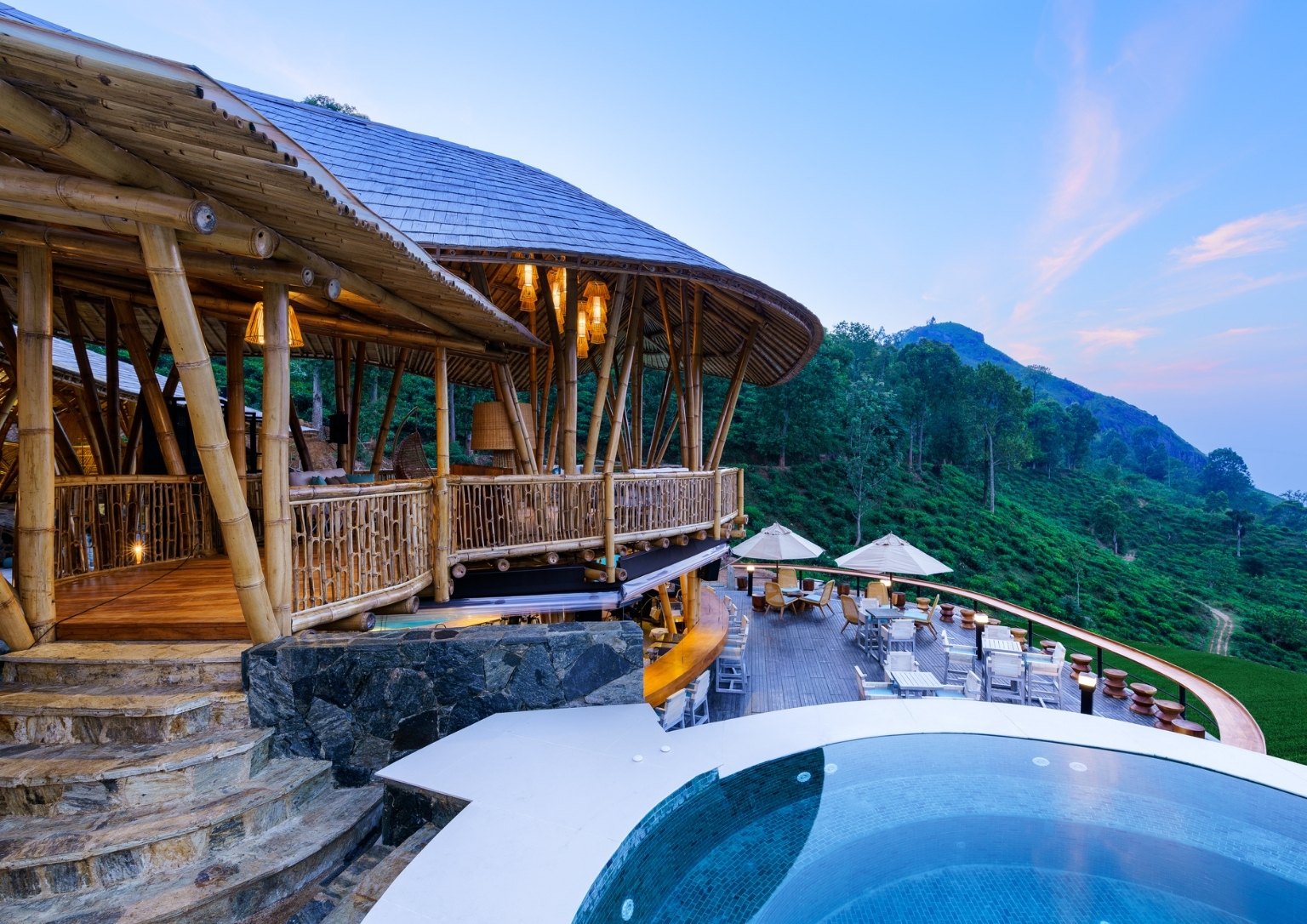
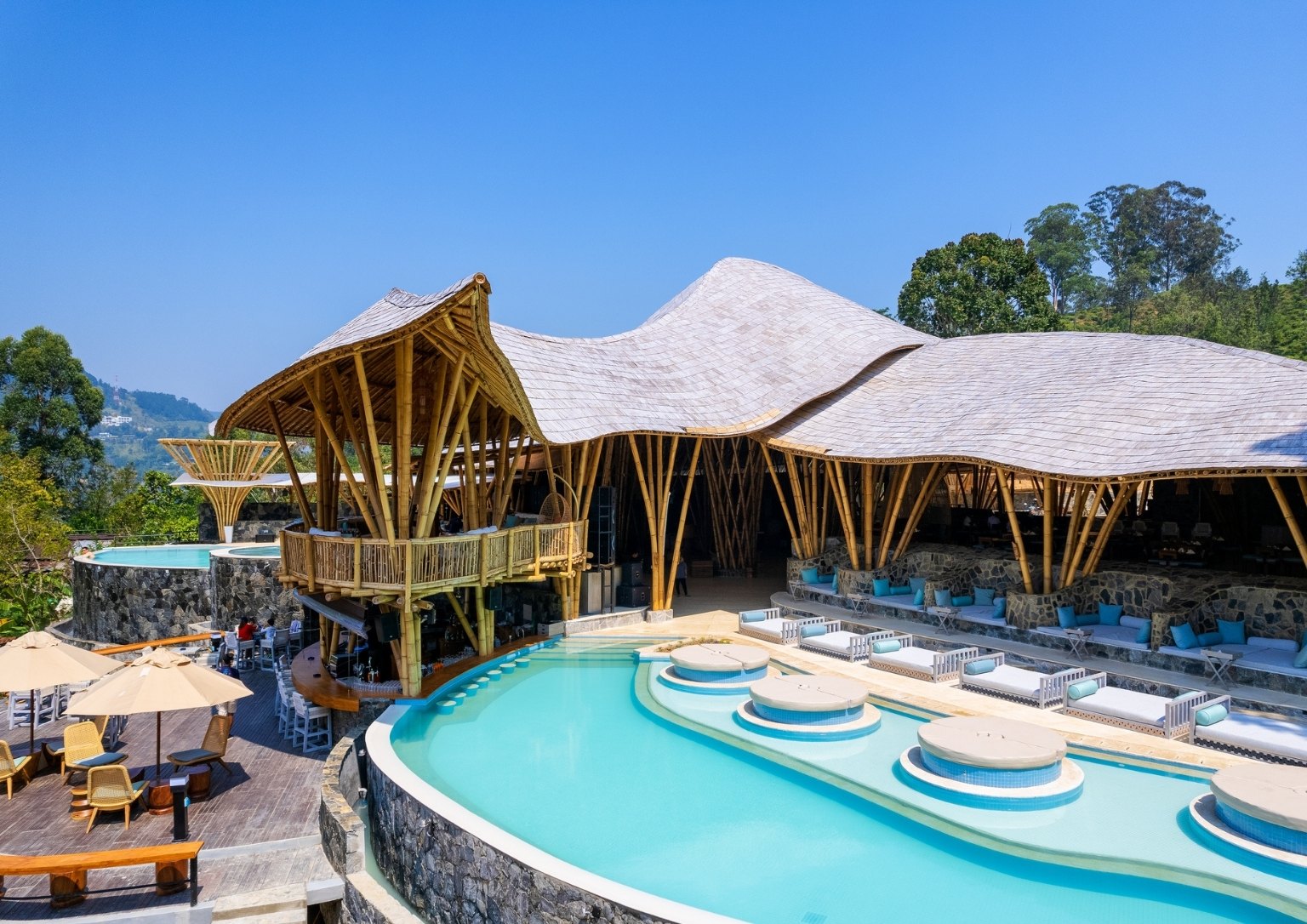
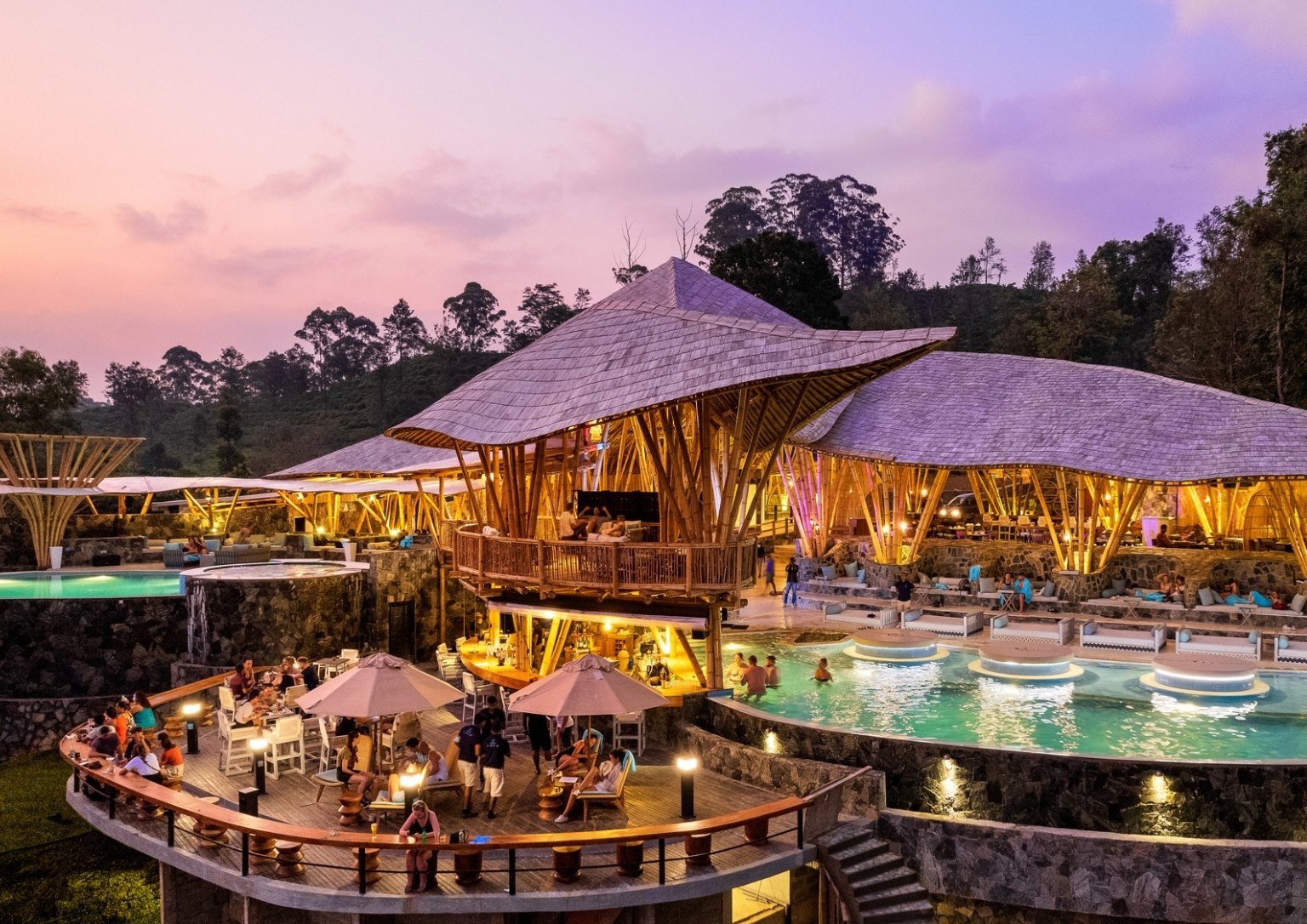
Ravana Pool Club offers an expansive mountain and valley view instead of a beach. The project concept aims to provide the ambiance and feel of a beach club. It was based on a conventional beach club design which focuses on the pool environment and variety of seating and dining options for the guests. The stunning view must also be maximized at all points in the building.
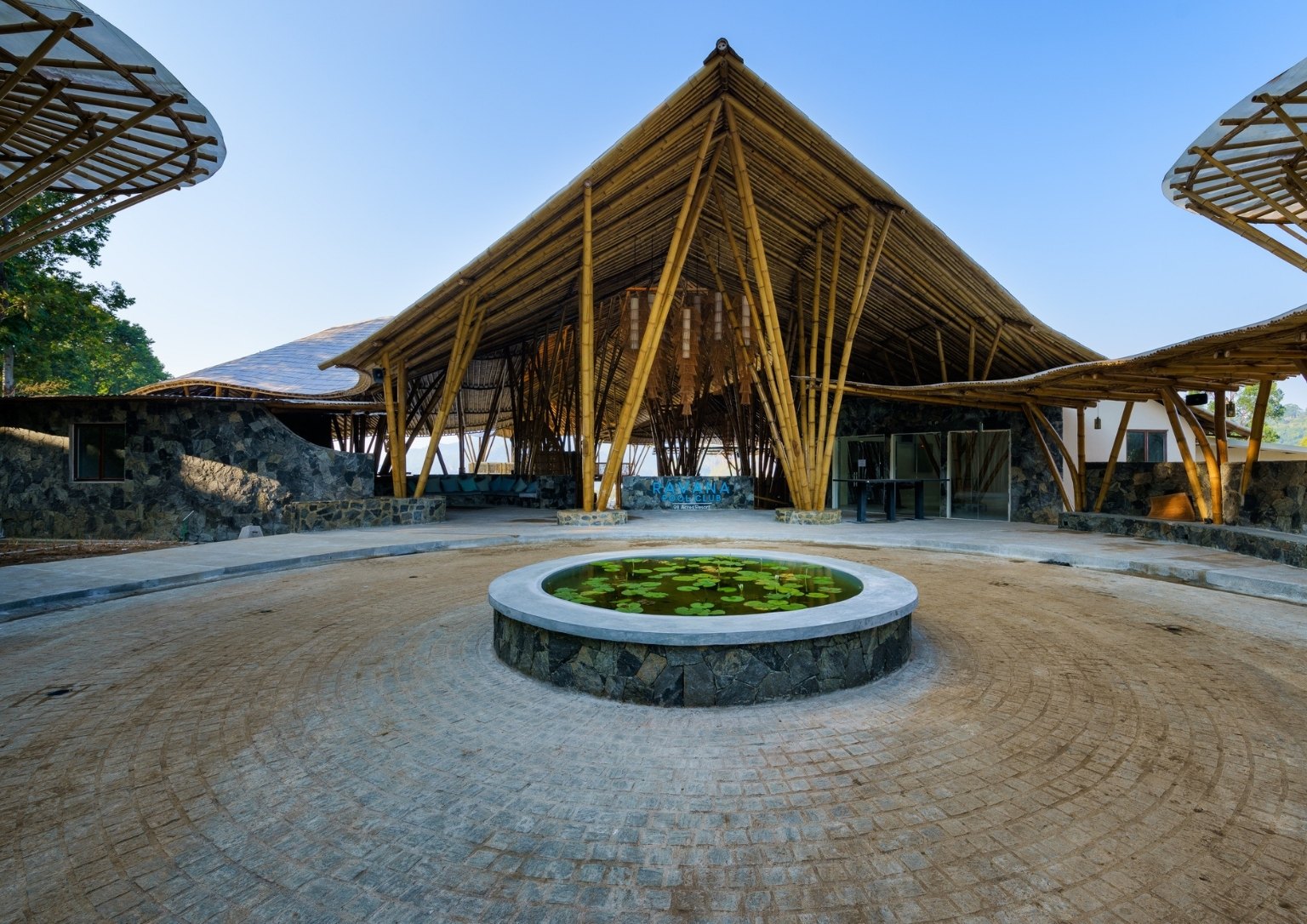
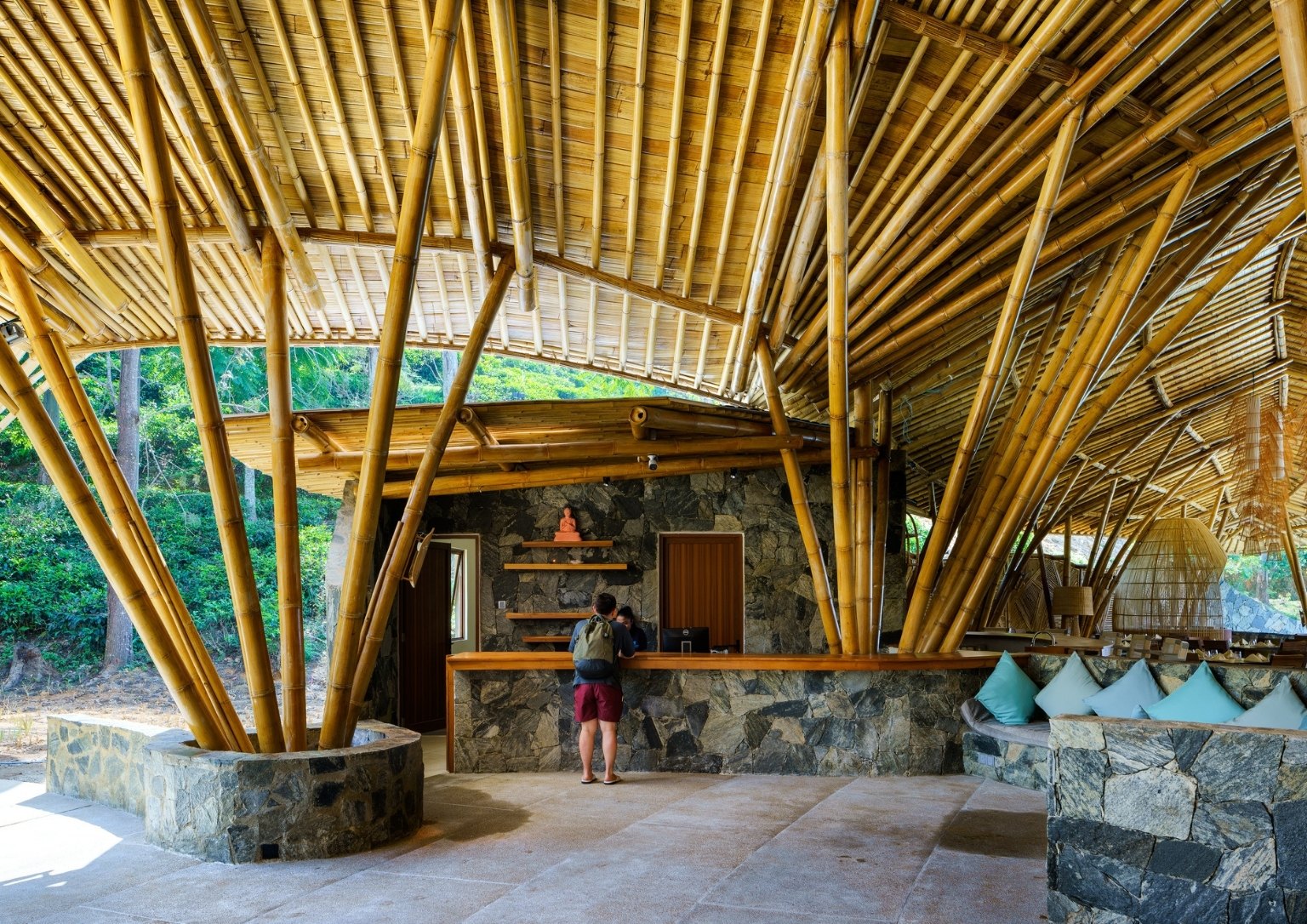
According to the architect, using bamboo was key for this project. It allowed them to create a unique organic design that creates a relaxed tropical feeling for the guests. Apart from being a sustainable and eco-friendly natural material, bamboo provides an opportunity for a biophilic design.

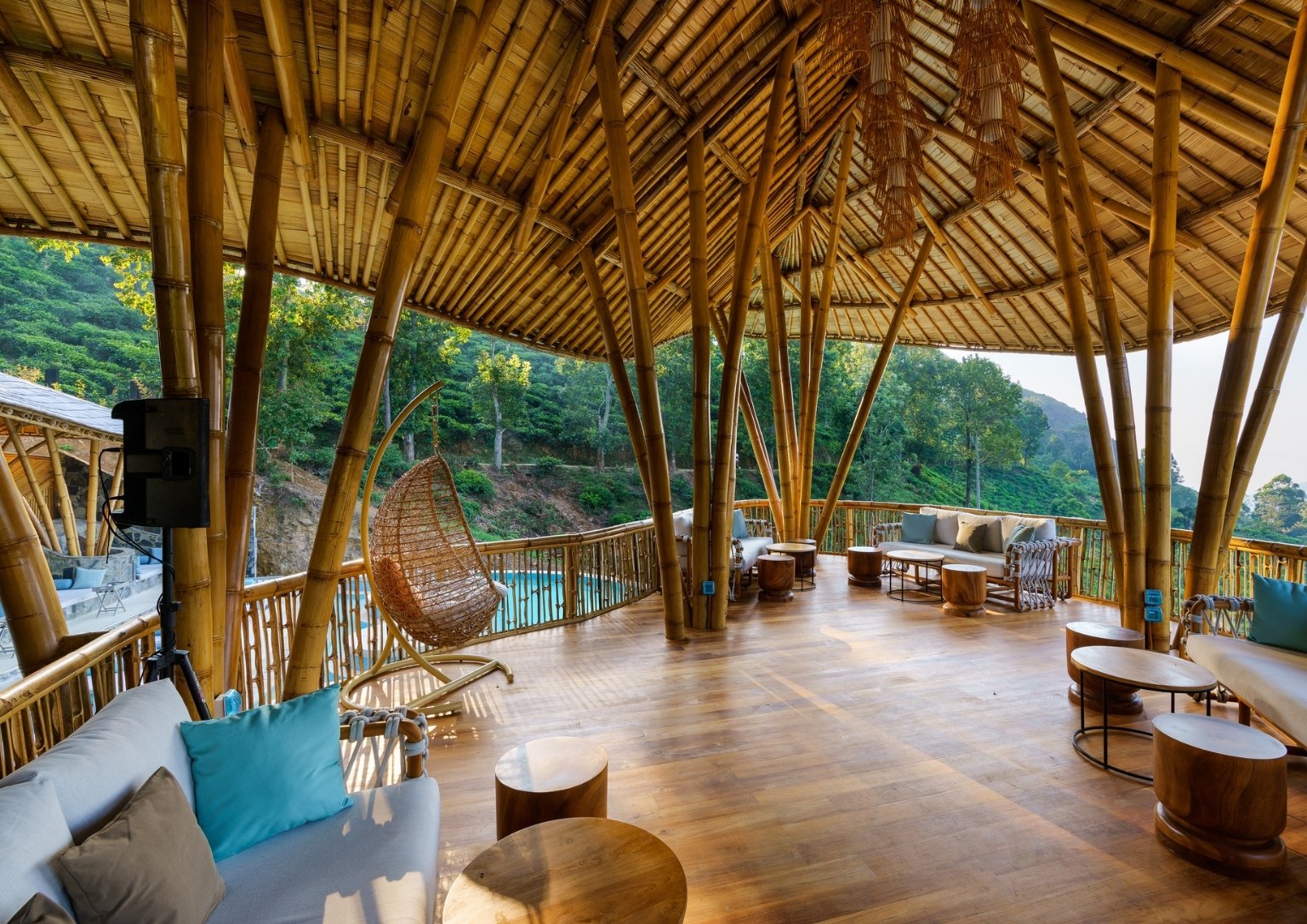
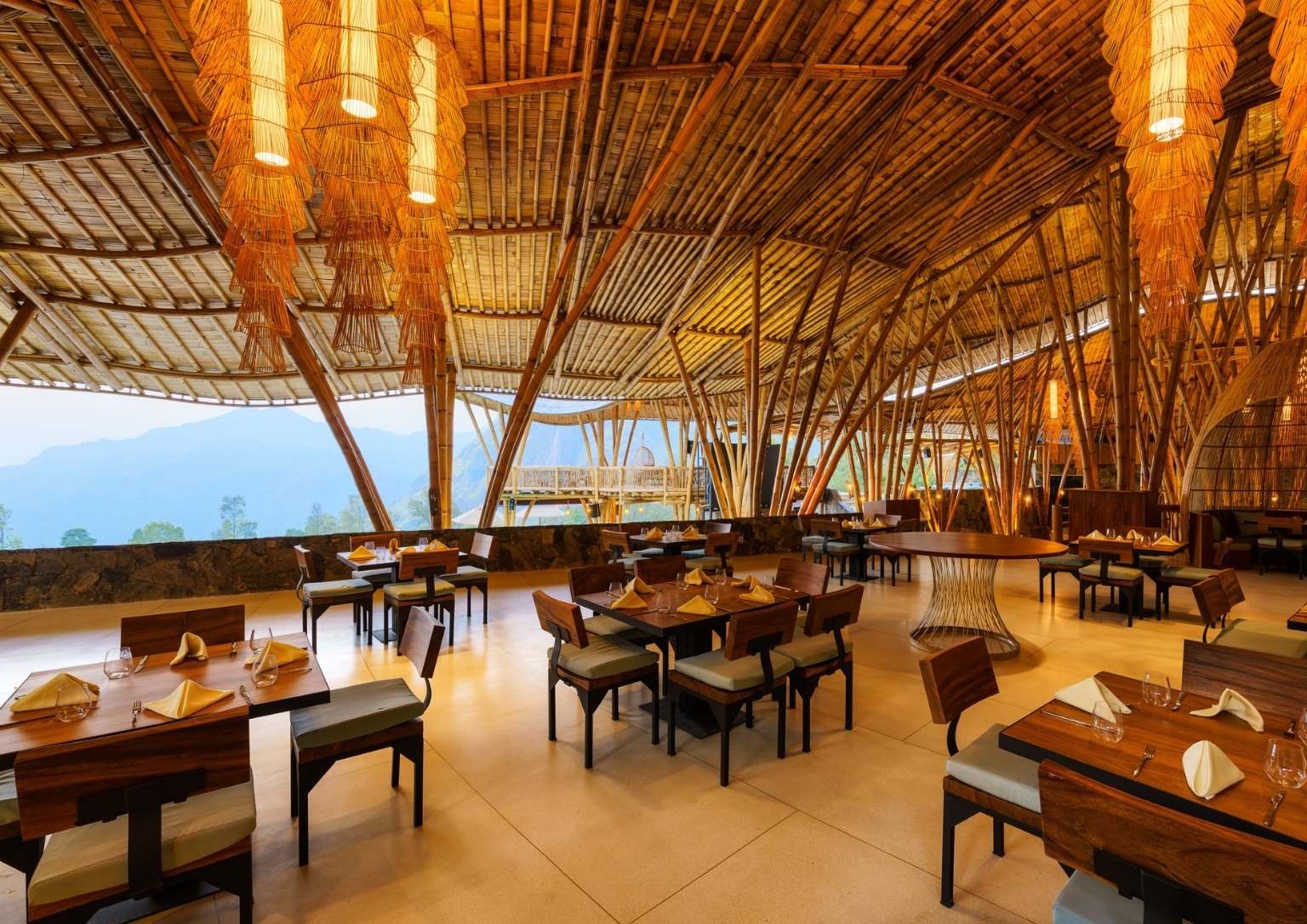
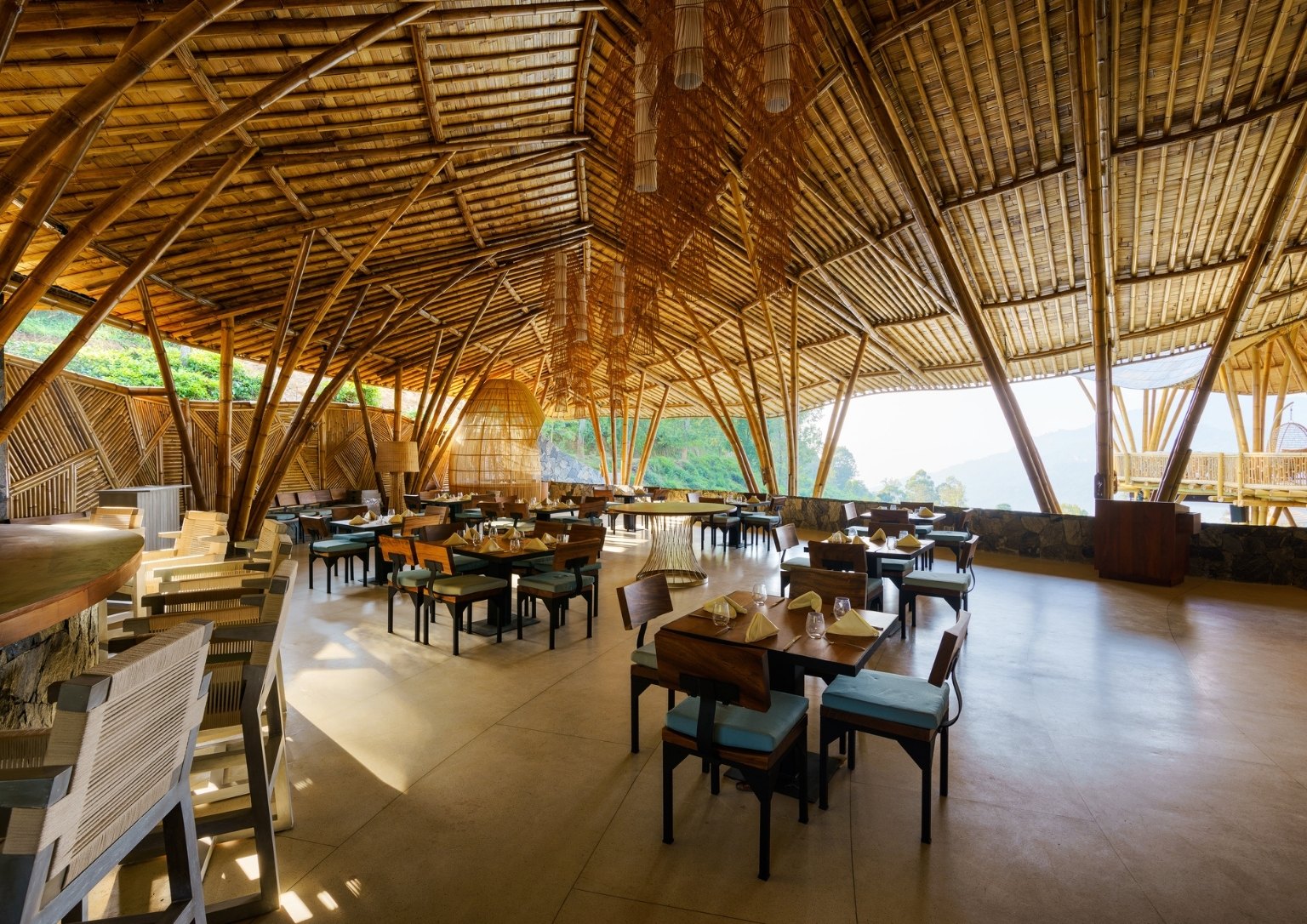
The challenge for this project is having a steep site and locating the building was difficult to capture both the stunning view to create a dramatic effect and keep construction costs under control. It was also smart to use bamboo as it allows the building to mirror its stunning location and fit into the surrounding environment without looking unnatural and out of place.


Moreover, the lower floor and swimming pools are constructed from concrete. To welcome guests with an unobstructed view of the mountains upon their arrival, the architect placed the back-of-house areas, like toilets, and change areas at the lower level.
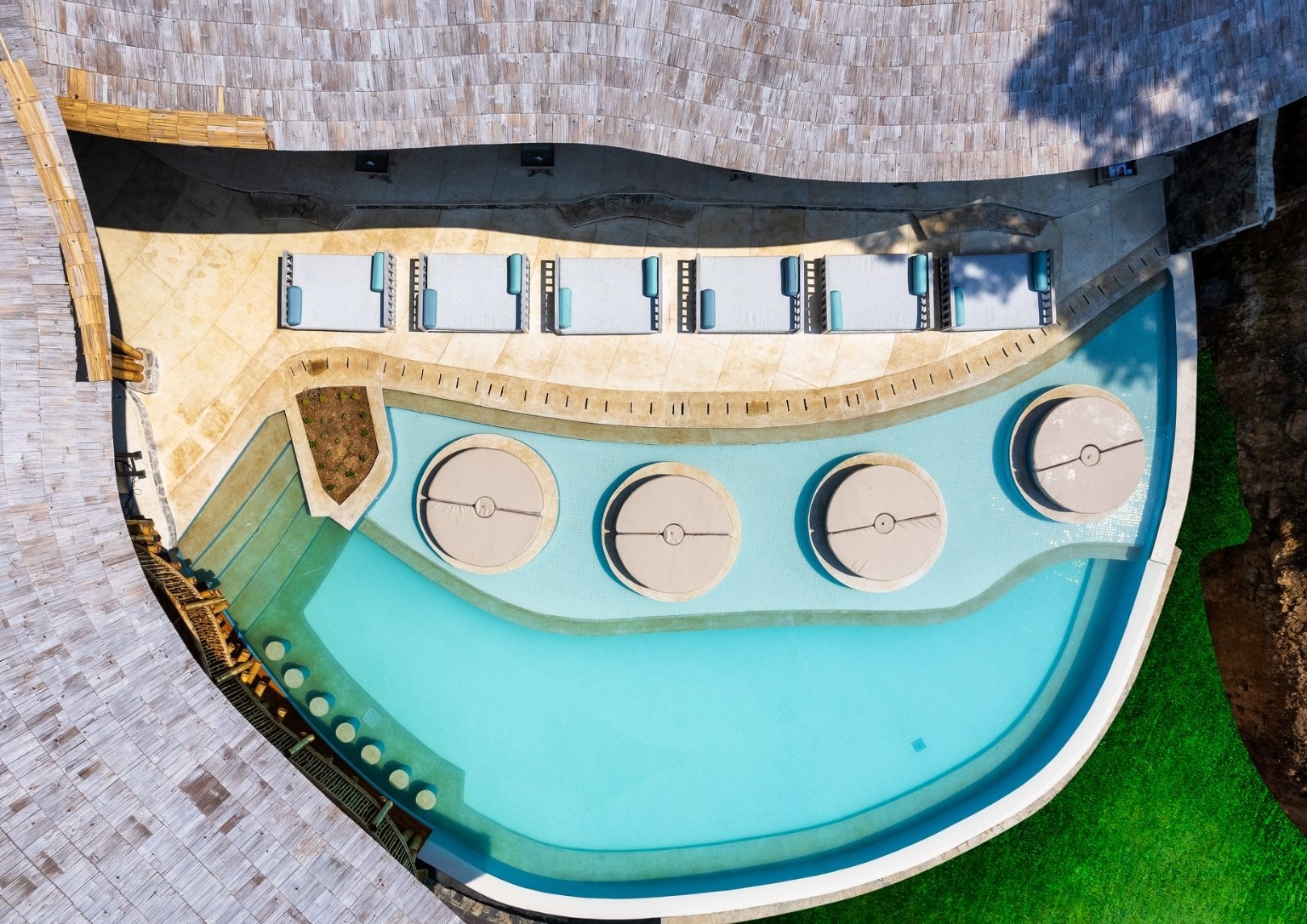

The superstructure and roof are 100 percent bamboo using 12-meter long columns and 200 millimeters in diameter to create dramatic spaces and bamboo shingles as roofing which allows a variety of roof pitches and shapes.

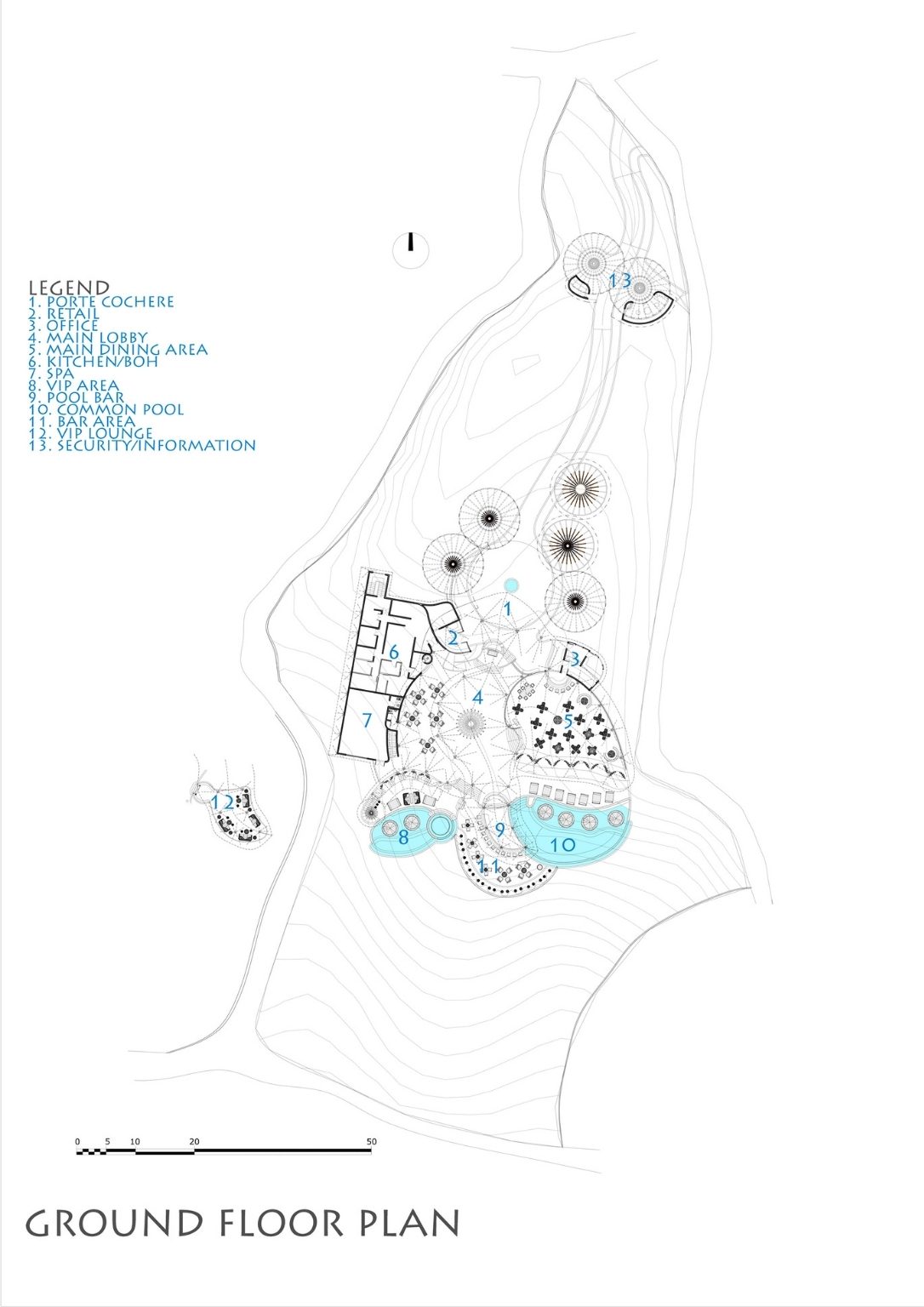
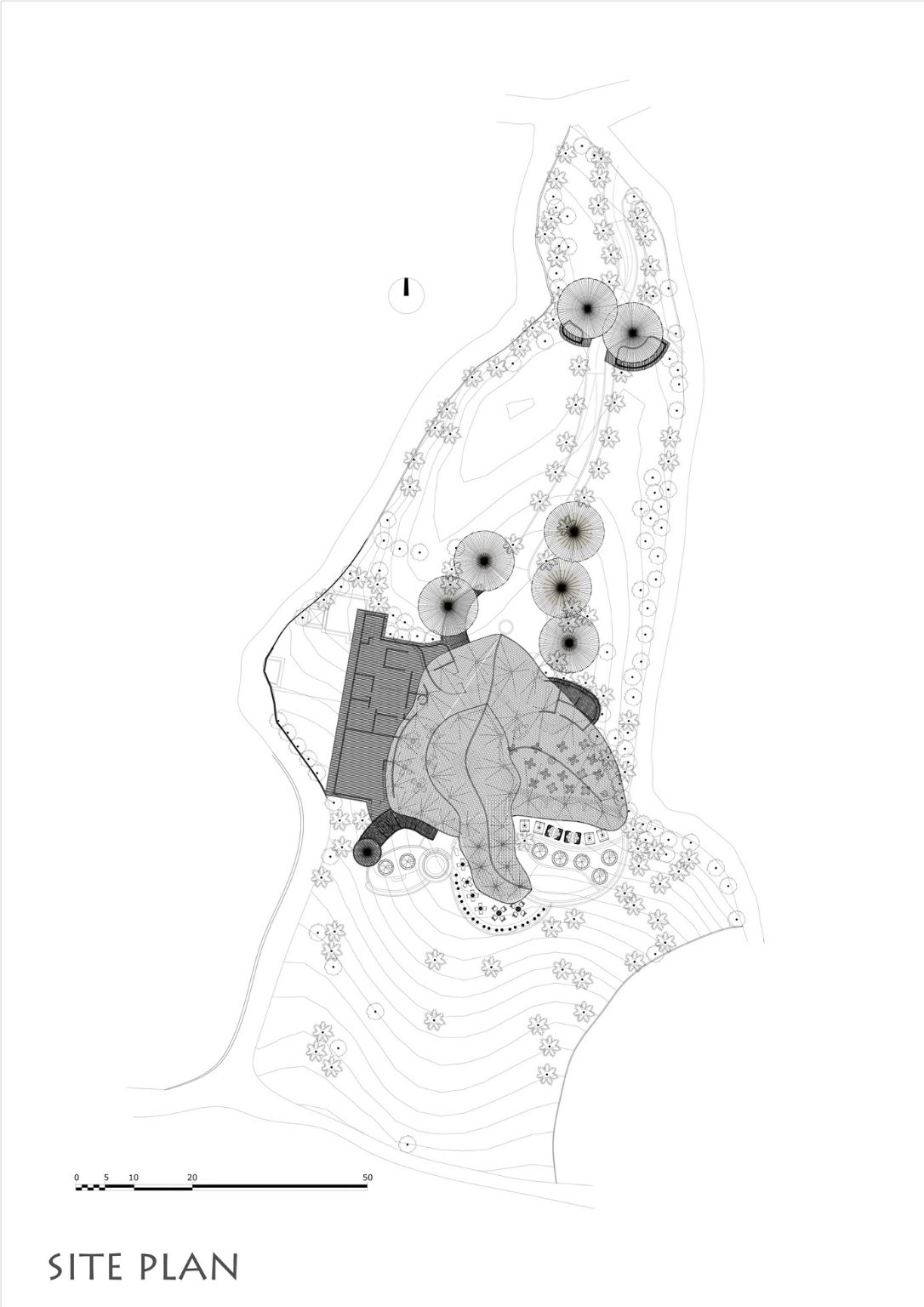
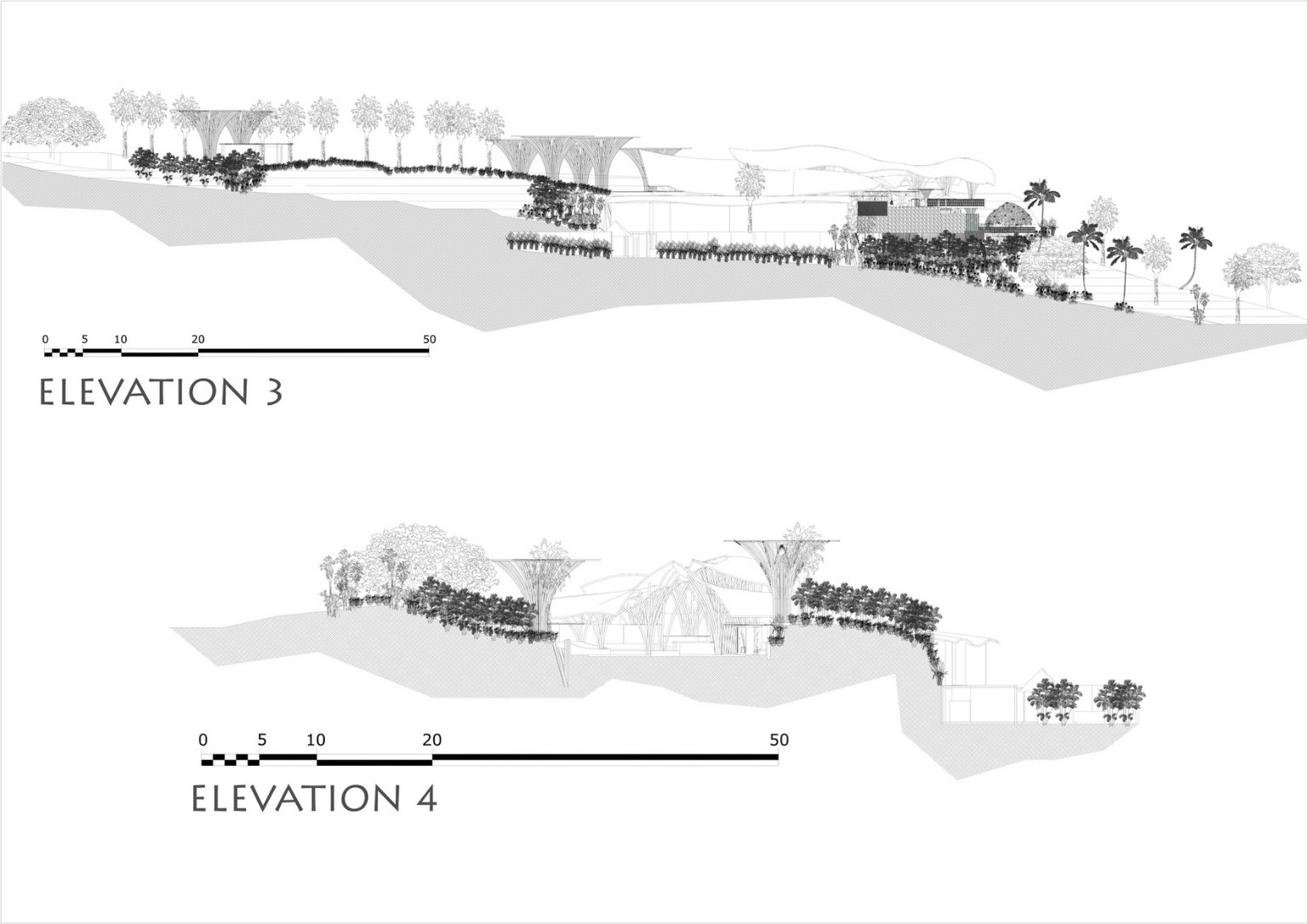

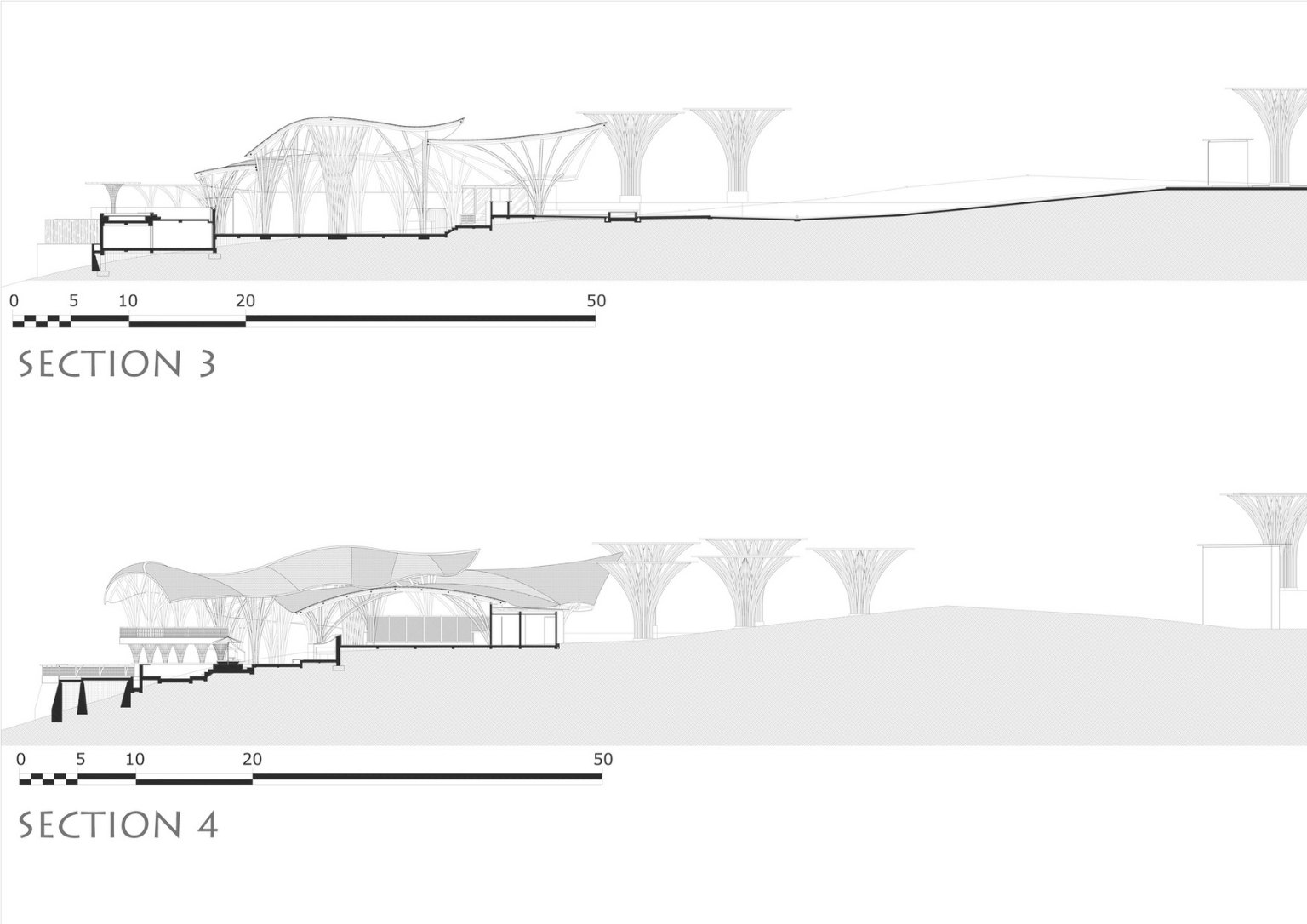
The architect emphasized that all the bamboo for the project was imported from Bali Indonesia. Skilled Bamboo artisan from Bali also traveled to the site to construct the building and transfer some skills to the local Sri Lankan tradesmen.
Photo By: MAD Factory


